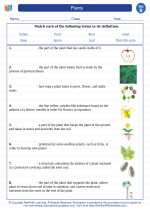Invertebrates
Invertebrates are animals that do not have a backbone. They make up the majority of the animal kingdom and come in a wide variety of shapes, sizes, and habitats. Invertebrates can be found in the oceans, freshwater, and on land.
Types of Invertebrates
There are several main groups of invertebrates:
- Arthropods: These are the largest group of invertebrates and include insects, spiders, crustaceans, and centipedes. They have a hard exoskeleton and jointed legs.
- Mollusks: This group includes snails, clams, octopuses, and squids. They have soft bodies and some have shells for protection.
- Worms: This group includes segmented worms, flatworms, and roundworms. They can be found in a variety of environments, including soil, freshwater, and marine habitats.
- Cnidarians: This group includes jellyfish, corals, and sea anemones. They have stinging cells called nematocysts to capture prey.
- Echinoderms: This group includes starfish, sea urchins, and sea cucumbers. They have a spiny skin and a unique water vascular system.
Characteristics of Invertebrates
While invertebrates come in many shapes and sizes, they share some common characteristics:
- No Backbone: Unlike vertebrates, invertebrates do not have a backbone or spinal column.
- Diverse Body Plans: They exhibit a wide range of body shapes and structures, from the segmented bodies of insects to the soft bodies of mollusks.
- Exoskeleton or Soft Body: Many invertebrates have an exoskeleton made of chitin, while others have soft, flexible bodies.
- Diverse Locomotion: Invertebrates move in various ways, including crawling, swimming, and burrowing.
- Varied Diets: They can be herbivores, carnivores, omnivores, or filter feeders, depending on their species.
Importance of Invertebrates
Invertebrates play vital roles in ecosystems as pollinators, decomposers, and food sources for other animals. They also have economic importance, as some species are used for food, medicine, and materials. Understanding invertebrates is crucial for conservation efforts and maintaining biodiversity.
Study Guide
Here are some key points to remember when studying invertebrates:
- Define invertebrates and list the main groups of invertebrates.
- Compare and contrast the characteristics of arthropods, mollusks, worms, cnidarians, and echinoderms.
- Explain the ecological importance of invertebrates in various habitats.
- Identify examples of invertebrates and describe their unique adaptations.
- Discuss the economic and environmental significance of invertebrates.
Remember to use diagrams and illustrations to help visualize the different types of invertebrates and their characteristics.
Good luck with your studies!
.◂Science Worksheets and Study Guides Second Grade. Plants
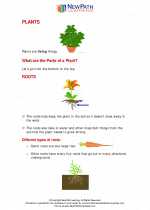
 Activity Lesson
Activity Lesson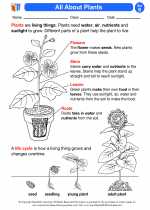
 Activity Lesson
Activity Lesson
 Worksheet/Answer key
Worksheet/Answer key
 Worksheet/Answer key
Worksheet/Answer key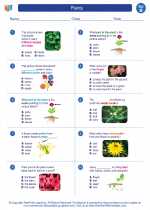
 Worksheet/Answer key
Worksheet/Answer key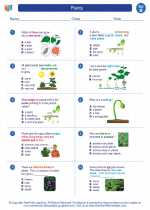
 Worksheet/Answer key
Worksheet/Answer key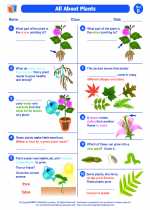
 Vocabulary/Answer key
Vocabulary/Answer key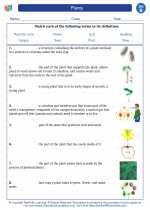
 Vocabulary/Answer key
Vocabulary/Answer key